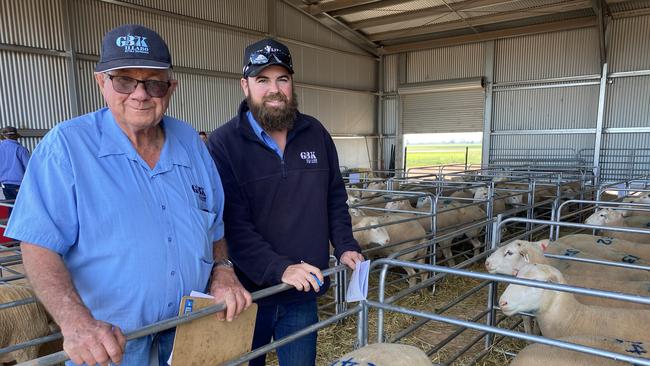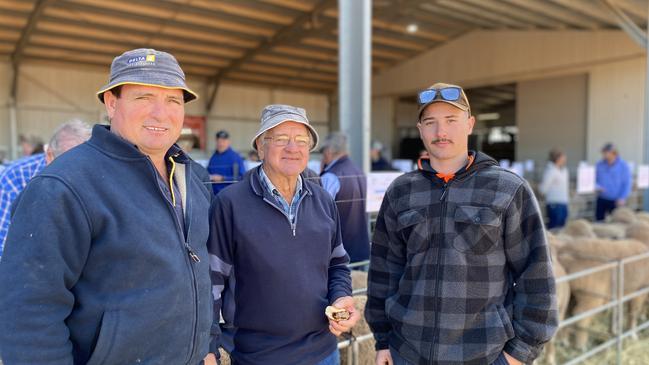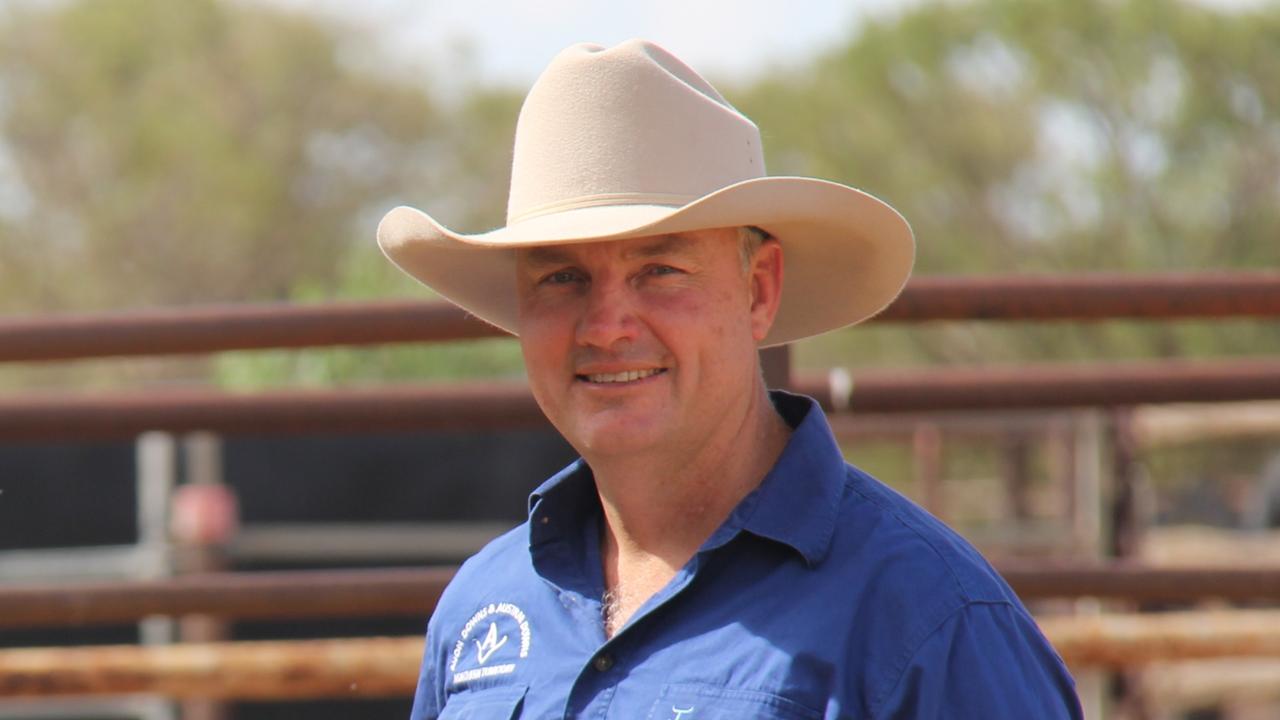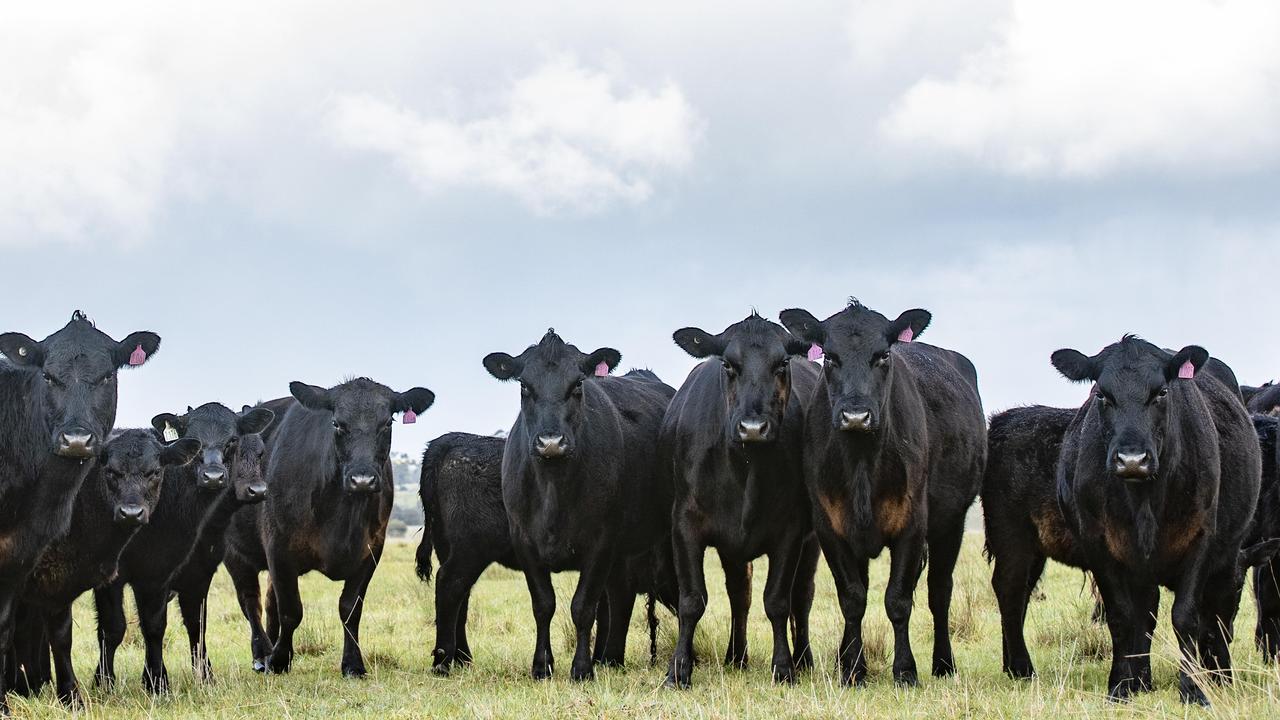One vendor sold both wool and terminal rams last week – see which did better
The sentiment of wool and meat producers was tested at a ram sale in southern NSW last week. Read how different types of animals performed.
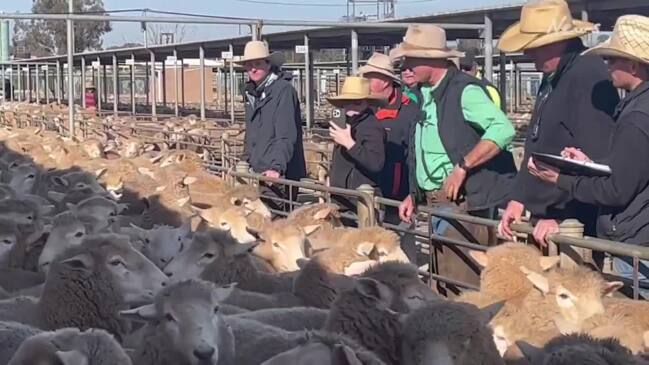
A snapshot of sheep producers’ intentions was reflected in the results of the Trigger Vale ram sale near Lockhart, NSW, last week, as ruling commercial values impacted rates.
The relatively steady wool market meant Poll Merino ram values were close to last year, but the massive dive in lamb prices took its toll on both the White Suffolk clearance and average.
In the Poll Merino offering, 201 of the 230 rams sold for a clearance of 87 per cent at an average price of $3021. This was about 8 per cent down on last year. Of the first 25 rams offered 15 made $5000 or more.
But it was tougher going for White Suffolks, with a 65 per cent clearance and an average of $1660, more than 30 per cent lower than last year.
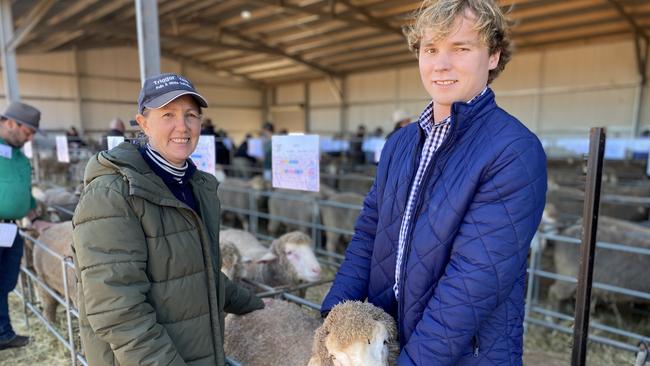
Trigger Vale principal Andrew Bouffler said the industry was facing headwinds, and it was not unexpected to expect low rates for lambs and sheep for about 12 months or more.
But he said the long-term future of the industry was bright.
“We are really pleased with the sale results given what could be ahead,” Mr Bouffler said.
Trends he noticed from speaking with buyers was that many were opting to sell off older ewes rather than join them to terminals. These producers wanted to maintain their core wool breeding flock so bought Poll Merino rams, but were not enticed to top up on White Suffolks to breed prime lambs given the current low prices, and this was reflected in the lower clearance for the terminal breed.
And while buyers came from across NSW and Victoria to secure rams, it was a local who lives about one kilometre up the road who bought the top price Poll Merino ram.
Rodney McDonnell from Lockhart, paid $10,500 for a 18.8-miron ram that had figures in the top 5 per cent of the breed for post weaning weight and yearling weight, and top 10 per cent for muscle. The ram will go into the McDonnells’ own ram breeding flock for their commercial operation.
Mr Bouffler said the Poll Merino results were pleasing and a mix of new and existing clients continued to secure genetics which drew on the stud’s emphasis on fat and muscle.
But he said it was puzzling that there seemed to be a preference for the finer end of the micron range which meant some rams with slightly higher microns but with high figures for fat and muscle were often overlooked.
“I saw that trend last year too when the finer rams made more, but that was when there was a big difference in the amount paid between 17 micron and say 20 micron wool,” Mr Bouffler said.
“That difference has narrowed since then but there still seemed to be those who wanted to operate at the finest end of the ram offering, even though we are recognised as a medium wool stud.”
More Coverage
